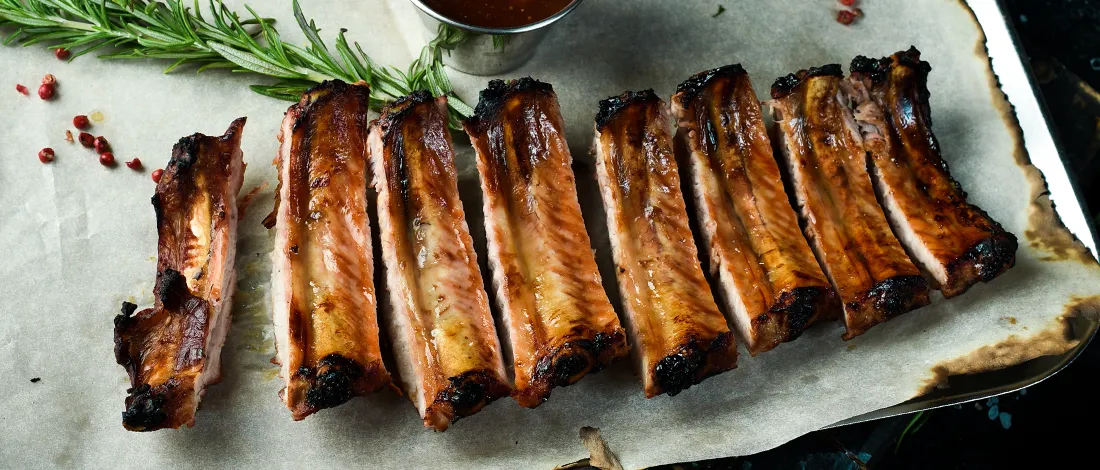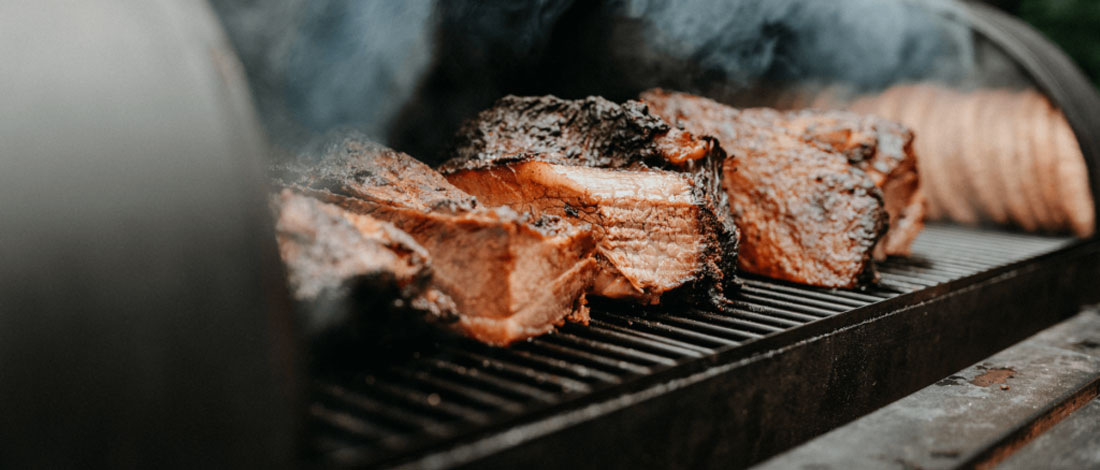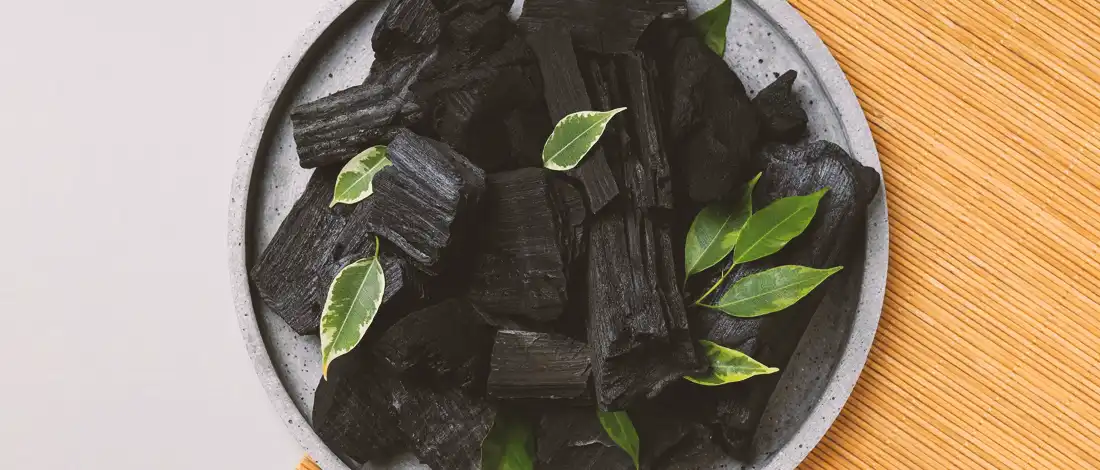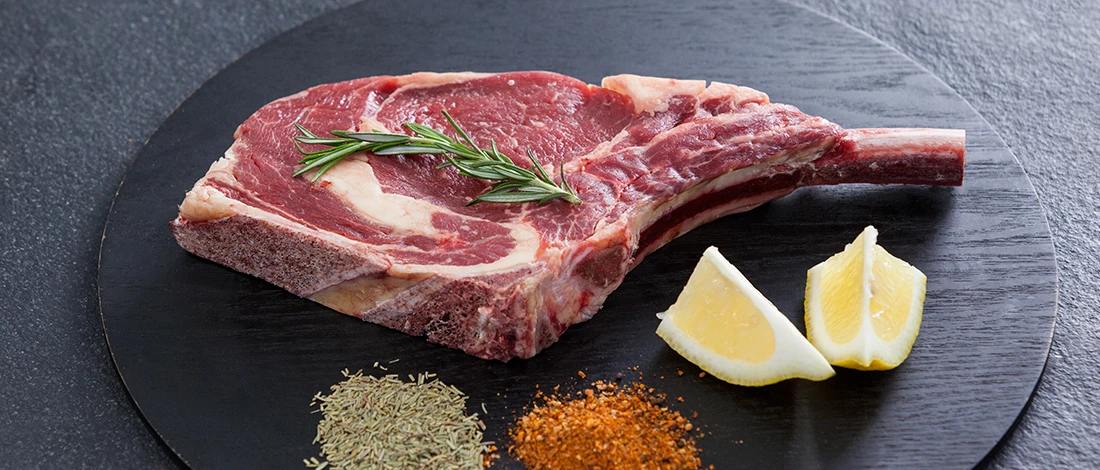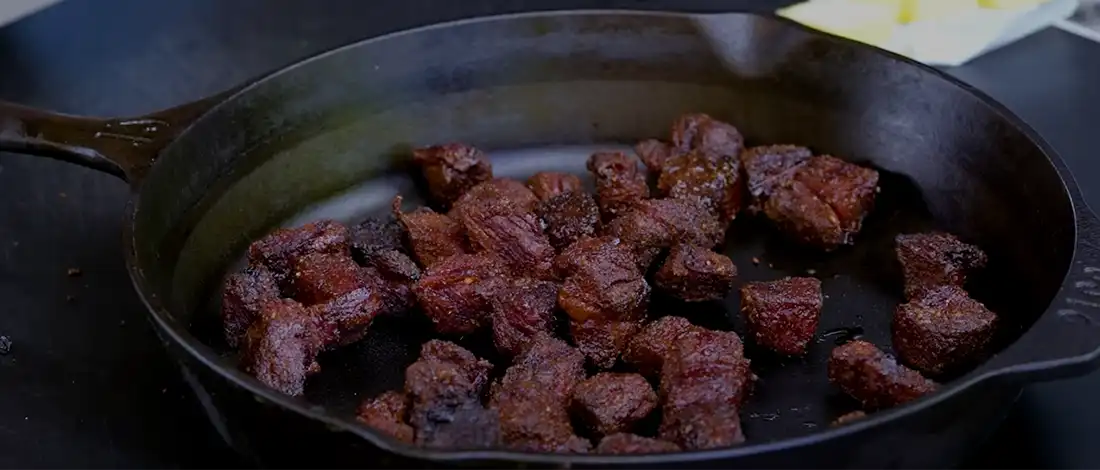During the years I've been on a carnivore diet, I've discovered that Wagyu steaks are substantially more filling than conventional steaks, mainly due to their extraordinarily high quality and delicious ribbons of buttery fat content.
I've learned through trial and error that it takes a few crucial steps to get the perfect Wagyu, and I'll share my tips and tricks so you don't have to experiment.
Quick Summary
- Grilling Wagyu steak involves careful preparation, including seasoning and trimming.
- The Japanese-style Wagyu grilling method is a highly recommended technique.
- Wagyu beef is high in fatty acids than ordinary beef and has a higher marbling score.
How Much Wagyu Do You Really Need?

You really need a small amount of Wagyu, which roughly translates to around 140 grams per serving. Here's why.
Wagyu beef, which was developed and refined in Japan, is highly sought after by beef and culinary specialists. The high marble content of Wagyu meat distinguishes it.
The Japanese manner of serving it in small pieces is for a reason. Wagyu steak has a rich flavor, so be mindful about your portions. Wagyu beef will keep you full, and the richness might be overwhelming in large quantities.
What to Prepare in Advance?
Here's what you need to have on hand before diving into your Wagyu adventure:
- Prepare a cast iron pan, charcoal grill, or another form of skillet.
- Salt and pepper. Take enough salt to cover both sides of the steak generously. Kosher salt is my favorite.
- I recommend using a bit of fat cut from the steak or good quality beef tallow for searing medium-rare steak. Other alternatives include avocado, grapeseed, sunflower, or peanut oil.
- A meat thermometer. This is optional, but it is highly recommended in order to reach the desired results. Regarding this type of steak, it's always best to be cautious than sorry.
- Tinfoil and paper towel. Prepare enough to keep the meat covered as the steaks rest.
4 Steps to Get a Wagyu Steak Ready
These are 4 steps that you are supposed to take to get a wagyu steak ready:
1. Defrosting
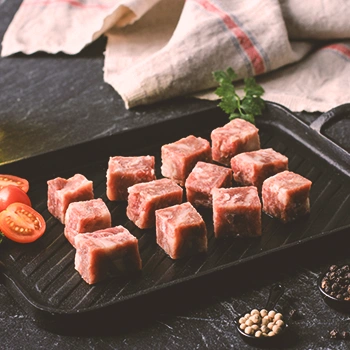
Wagyu beef may be stored in the freezer for an extended period of time without spoiling. You may keep it frozen for up to a year.
However, to ensure maximum freshness, I suggest using it as early as possible.
I recommend that you defrost Wagyu beef carefully in the fridge to ensure that it tastes as good as possible while still remaining as safe as possible.
The fridge allows it to defrost entirely without reaching a harmful temperature where bacteria can thrive [1].
If you need to speed things up, submerge the steak in cold water, which will thaw it out significantly faster. You'll need to use it right away if you use this method.
2. Trimming
Trimming is optional, but it could be handy. Remove the steak from the packaging once it has thawed.
If it has a decent piece of fat on it, cut it off and store it in the refrigerator to use to grease your pan later. I prefer to cut a significant portion of the fat layer from especially fatty steaks and freeze it for thereafter use.
Also Read: Top Knives for Cutting Meat
3. Seasoning
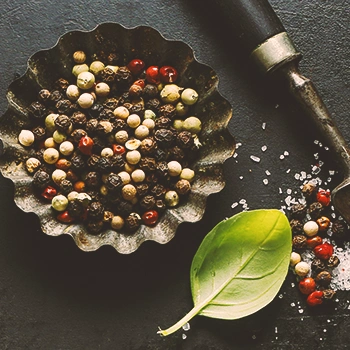
Season the steak a minimum of four hours before cooking for the most refined flavor.
This helps the seasoning, particularly the salt, to sink deeply into the cut. A stainless bowl and mild oil-like safflower are recommended.
With a simple salt and pepper seasoning, you can't go wrong. Re-toss the meat an hour after it has been seasoned to ensure that it is evenly coated. Refrigerate the meat after seasoning it for an hour before grilling.
"If you do not have an hour to temper and season ahead of time, season immediately before grilling; anything shorter than 40 minutes will only pull moisture out of the steak and not let the outside get those beautiful grill marks and crust."
- Gowri Chandra, National Press Foundation Food & Agriculture Fellow
4. Cooking on a Room Temperature
Bring your steaks out of the freezer to get them to room temperature before cooking.
Depending on thickness, it takes 30 minutes to an hour for steaks to reach the desired temperature. Before cooking, you can keep it out for up to 2 hours.
6 steps for the Japanese-Style Wagyu Cooking Method

- Remove the meat from the fridge. Pat the meat dry once it has reached room temperature, about 30 minutes.
- Preheat your grill plate while you are slicing the steaks.
- Place a piece of beef tallow on the hot surface and melt it. Stir it to make sure it's evenly distributed. Put salt and pepper on the steak.
- To sear the strips, place steak on direct heat. Sear for about 1 minute, or until golden brown on the bottom, then turn and sear for another minute.
- Grill the remaining steak for 30 to 45 seconds, or until the meat is evenly cooked all over. While the meat is searing, avoid pushing, squishing, or poking it, so it doesn't lose the excess moisture. If your strips are larger, you can insert a meat thermometer and bake them at 300°F until they reach the desired crispiness. For rare steak, use heat of 120 - 130°F, medium-rare 130 - 140°F, and medium heat 140 - 150°F. Avoid overcooking.
- Rest the meat for 3-4 minutes in tinfoil or a container lid closed before serving.
Maegan Price of Culinary Crafts shares that the secret to preparing a perfect Wagyu steak is to not overdo it. Don’t bury that amazing flavor under excess sauces or seasoning. Let it rest to reabsorb those natural juices before you cut into it, and let the amazing flavors of Wagyu do the rest!
FAQs
How Long Does Wagyu Last in the Fridge?
Wagyu lasts around 48 hours in the fridge. To keep it fresh, store it in the refrigerator's coldest section. Before keeping, make sure the package is intact and sealed.
What is American Wagyu steak?
American Wagyu steak is meat obtained from interbred cattle, usually a Wagyu with Angus. This type has a pleasing blend of tenderness, texture, and flavor.
References:
- https://web.extension.illinois.edu/meatsafety/thawing.cfm


